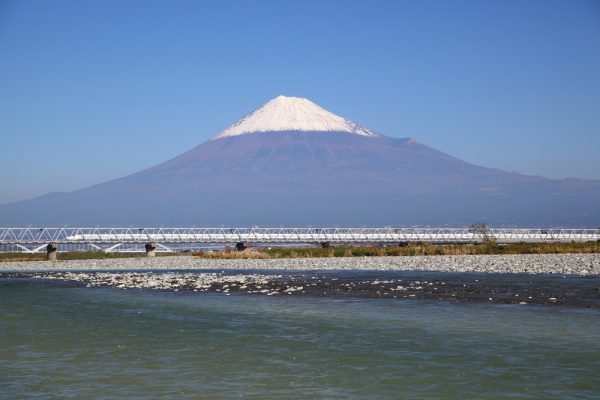Forget the Australian Bullet Train Dream: Think Tank
A Melbourne-based think tank has been the latest organisation to contribute to Australias long-runni..
A Melbourne-based think tank has been the latest organisation to contribute to Australias long-running high-speed rail debate, publishing a study saying that it would not be feasible.
The Grattan Institute said that a high-speed rail would be too costly for Australias small population and would not benefit regional areas.
While a bullet train may be a “captivating idea,” Australias small population relative to its vast landmass was a major issue, and countries with similar characteristics, such as the United States and Canada have shelved, or heavily amended the idea.
High-speed rail refers to fast trains, also called bullet trains, that run entirely on new tracks that can facilitate speeds over 250 kilometres per hour, sometimes as high as 350 kilometres per hour. A well-known example of a bullet train is the Shinkansen in Japan.

The study found that countries with high population densities had teething issues with the system.
“Even where countries do have extensive networks—Japan, China, and Europe—bullet trains generally need very large government subsidies even after theyre built,” the report stated.
“The true global story is that good bullet trains are expensive and bad bullet trains are very expensive.”
China has the longest high-speed rail system in the world with 25,000 kilometres of track.
Yet even with the worlds largest population and high-density living, the World Bank found that less populated segments of the track were effectively subsidised by sections of the track with more populated cities or regions.
The Grattan report estimated that every taxpayer in Australia would need to contribute $10,000 to the project, however, the benefit would be limited to “business travellers between the east-coast capitals.”
Regional cities along the east coast, such as Newcastle and the Gold Coast, would also struggle to benefit as a rail line could not be located near the city centers, due to limitations caused by geography.
“To properly service regional towns, the train would need to stop in the centre of town, but this would involve more expensive land acquisition or more expensive tunnelling,” the report stated.
“The cost of tunnelling under the Royal National Park also meant that Wollongong was not included in the route at all, despite being one of the largest regional population centres between Melbourne and Brisbane.”
The development of the Western Read More – Source

